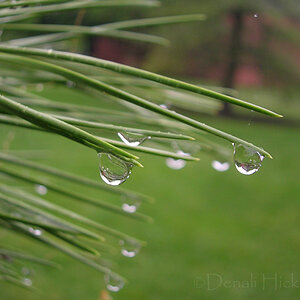Grandpa Ron
Been spending a lot of time on here!
- Joined
- Aug 9, 2018
- Messages
- 1,155
- Reaction score
- 700
- Can others edit my Photos
- Photos OK to edit
The more I read on Black and White film developing the more confused I get. Some may be the differences in the semantic being used to describe the same thing. I am working with 4x5 negatives so I have a decent size area to examine.
If I understand things correctly, based on the Zone system, film has a latitude of 11 f stops; if you want to include all white and all black. (#5 middle gray +/- 5 stops). Typically you adjust the film exposure so the object of interest will be middle gray and the rest of the objects will fall according to their brightness or luminosity. That all make sense.
Now come the two terms that confuse me,
1. Contrast - If I print the same negative on #2 paper and on #3 paper I can see the difference in contrast. So the question is; am I loosing some of the films latitude or can I still get all the zone shades from white to black?
2. Tonality - This is another term that I do not quite understand. I read that some films/developers/ processing methods etc. will provide better tonality. Does this mean that some combinations will give all the zone shades while other will not?
The third option of course is that the Zone system has nothing to do with contrast of tonality and I am mixing apples with oranges.
If I understand things correctly, based on the Zone system, film has a latitude of 11 f stops; if you want to include all white and all black. (#5 middle gray +/- 5 stops). Typically you adjust the film exposure so the object of interest will be middle gray and the rest of the objects will fall according to their brightness or luminosity. That all make sense.
Now come the two terms that confuse me,
1. Contrast - If I print the same negative on #2 paper and on #3 paper I can see the difference in contrast. So the question is; am I loosing some of the films latitude or can I still get all the zone shades from white to black?
2. Tonality - This is another term that I do not quite understand. I read that some films/developers/ processing methods etc. will provide better tonality. Does this mean that some combinations will give all the zone shades while other will not?
The third option of course is that the Zone system has nothing to do with contrast of tonality and I am mixing apples with oranges.


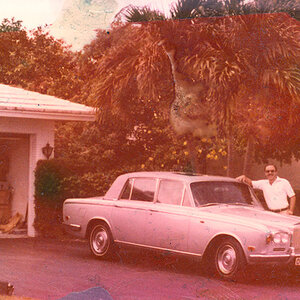
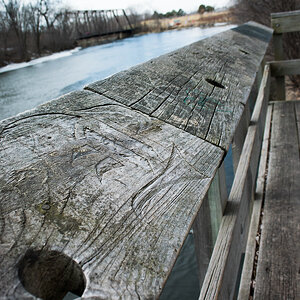
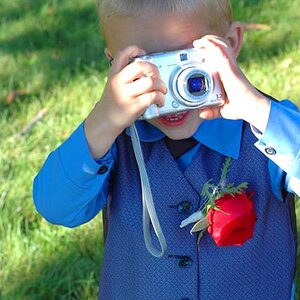
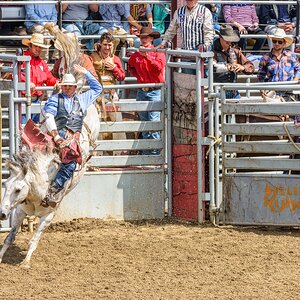
![[No title]](/data/xfmg/thumbnail/33/33440-0778f3522902634844facab43c5a29fa.jpg?1619735969)
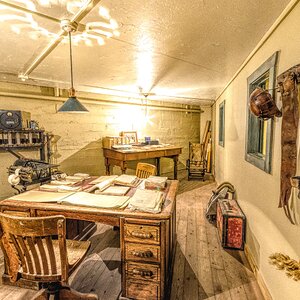
![[No title]](/data/xfmg/thumbnail/42/42465-64dd69400e2bfaf59e558c3d8c934271.jpg?1619740192)
![[No title]](/data/xfmg/thumbnail/40/40284-f59f6230f0d5b9eacf977f8b0392f087.jpg?1619739407)

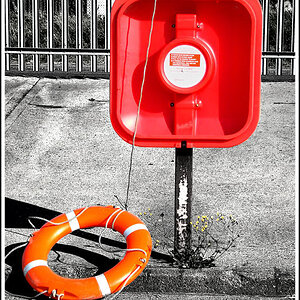
![[No title]](/data/xfmg/thumbnail/42/42468-f720ff996eb9cc6554c0019901223156.jpg?1619740193)
